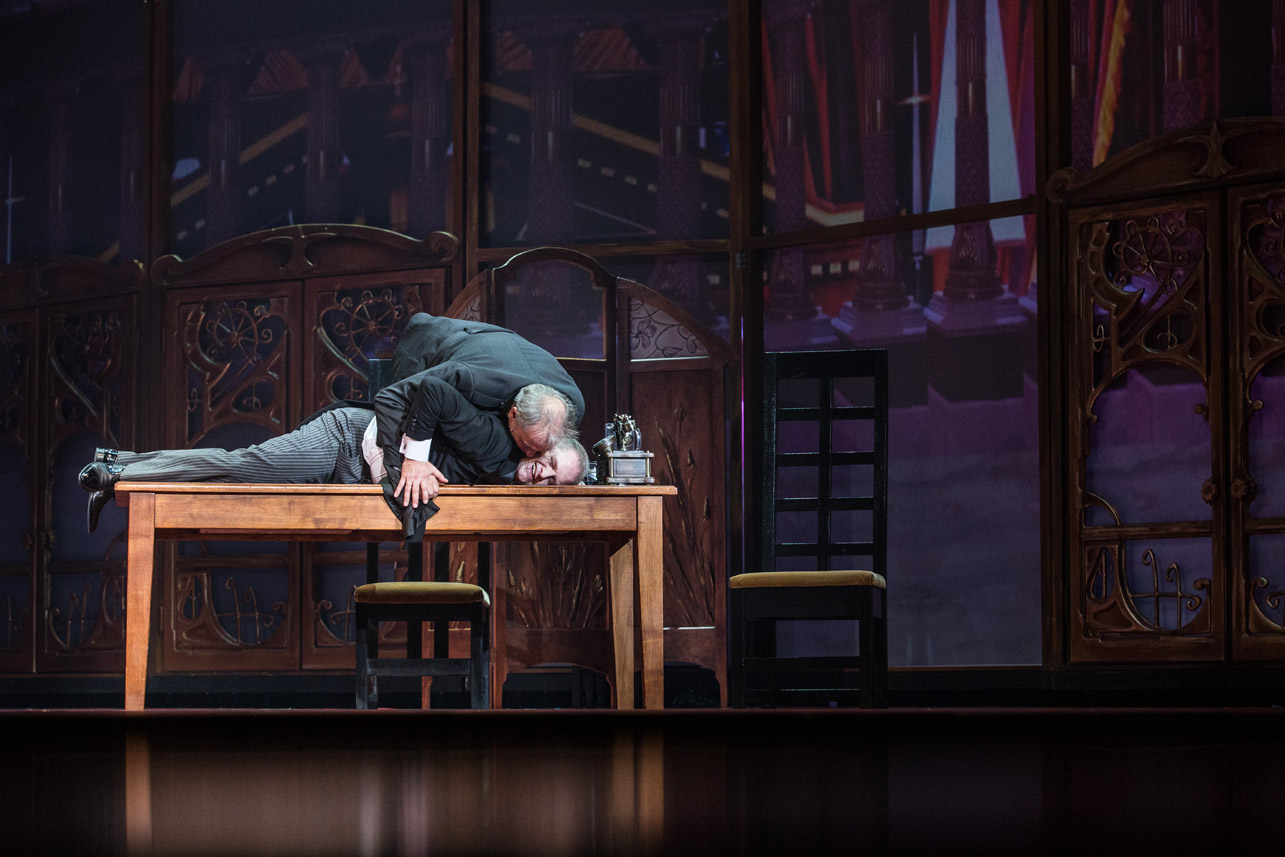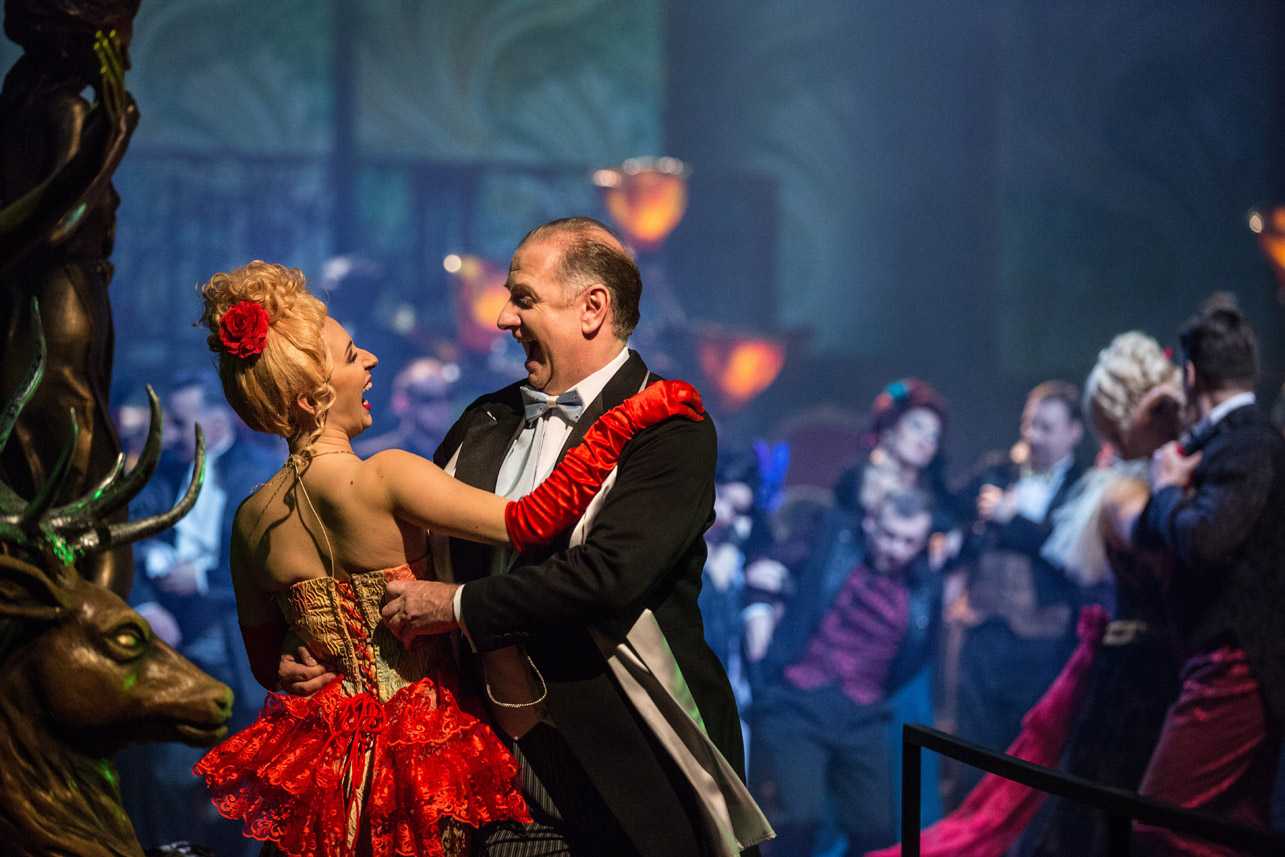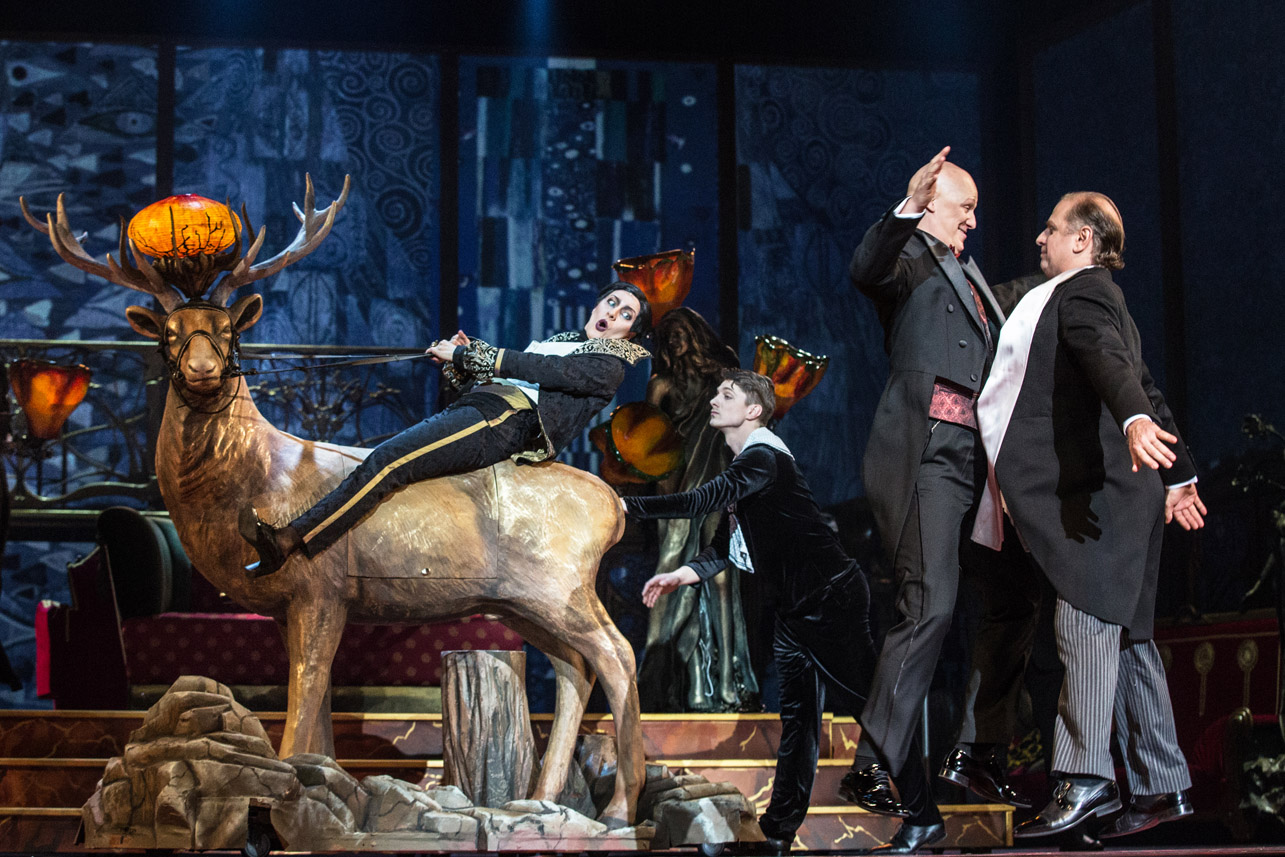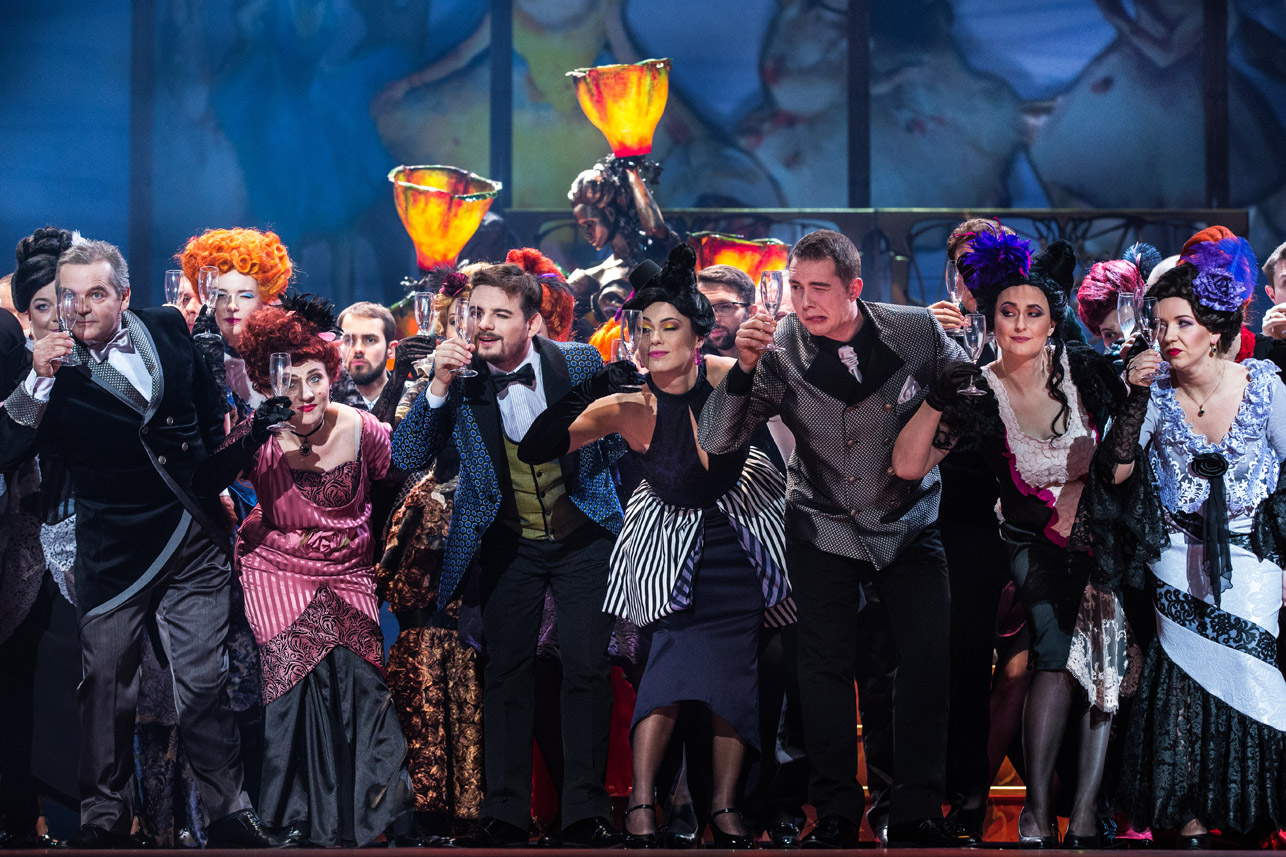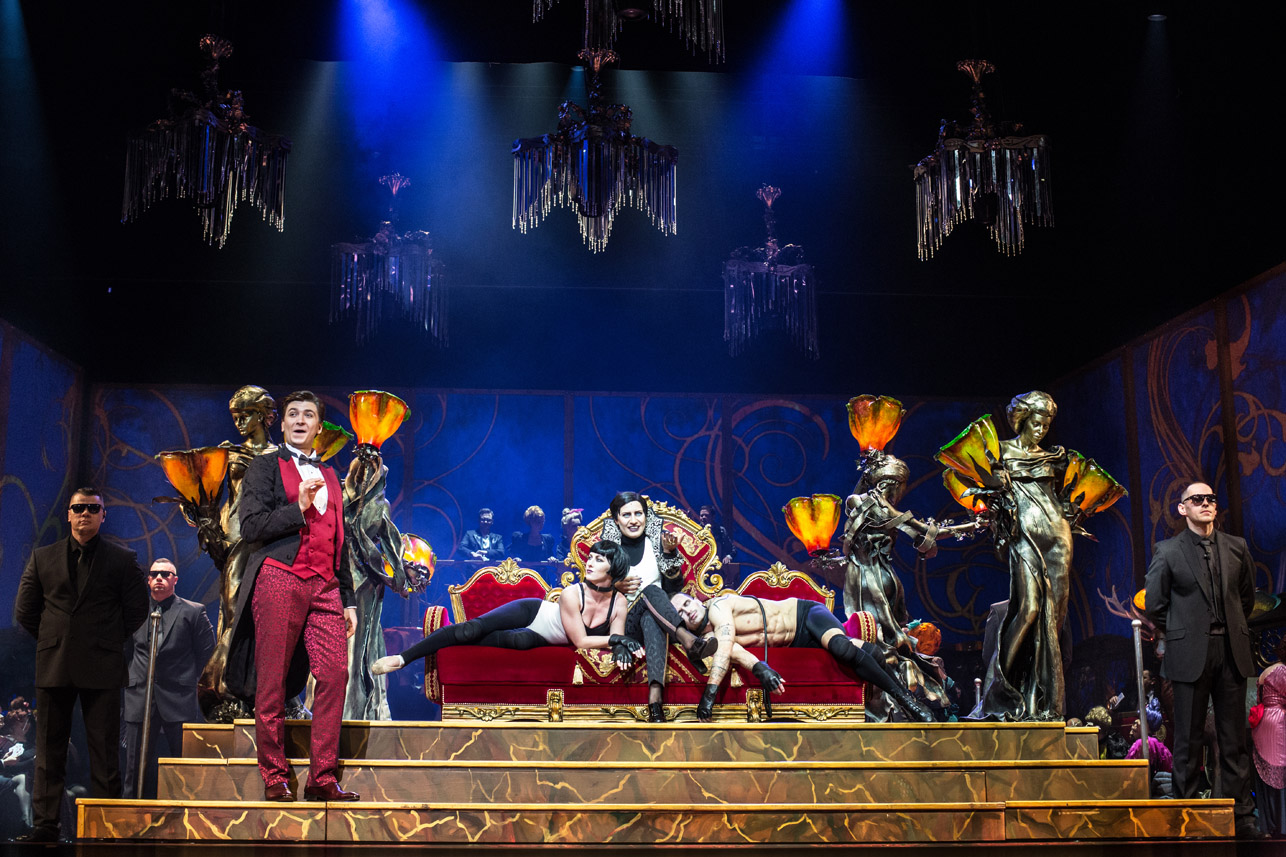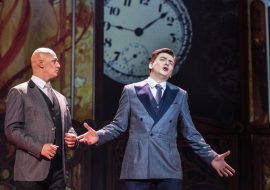This is a daring comedy of errors, whose intriguing libretto was superbly translated into Polish by Julian Tuwim. “Die Fledermaus” is regarded as one of the masterpieces of Viennese operetta. After its premiere, it took the world by storm and remains a steadfast part of the repertoire of the best opera theatres. This work of the “Waltz King” owes its popularity to witty dialogues, humorous and surprising situations and bold erotic scenes. The storyline is brought to life with enchanting, melodious music, which brilliantly illustrates the light-hearted carnival atmosphere. All of the above ingredients are bound to ensure a wonderful evening of song and laughter.
SYNOPSIS
The operetta is set in a 19th-century spa town near Vienna. Gabriel von Eisenstein, a popular financier sentenced to prison, decides to spend the last day of his freedom at a ball given by Prince Orlofsky. Himself, his wife Rosalinde and maid Adele are dragged into an intrigue, meticulously planned by Eisenstein’s friend Dr. Falke. In fact, the ball is merely a pretext to ridicule Eisenstein, who the year before abandoned Falk during a carnival party in the midst of Vienna, forcing him to return home dressed as a bat.
PRODUCTION
The Podlasie Opera and Philharmonic production is a colourful costume performance. Staged with panache and attention to detail, it relies on contemporary means of expression. The director masterfully recreates the atmosphere of 19th-century Vienna. Drawing the curtain aside, he introduces viewers to the sumptuous salons of Viennese elites. The visual layer merits particular attention too—the operetta’s storyline plays out in a stylish setting informed by the Vienna Secession. The stage design was inspired by the works of one of the most recognizable representatives of this movement, Gustav Klimt, while the multimedia projections show the prints of Alphonse Mucha.
World premiere: April 5, 1874, Theater an der Wien, Vienna
Premiere: December 9, 2016



